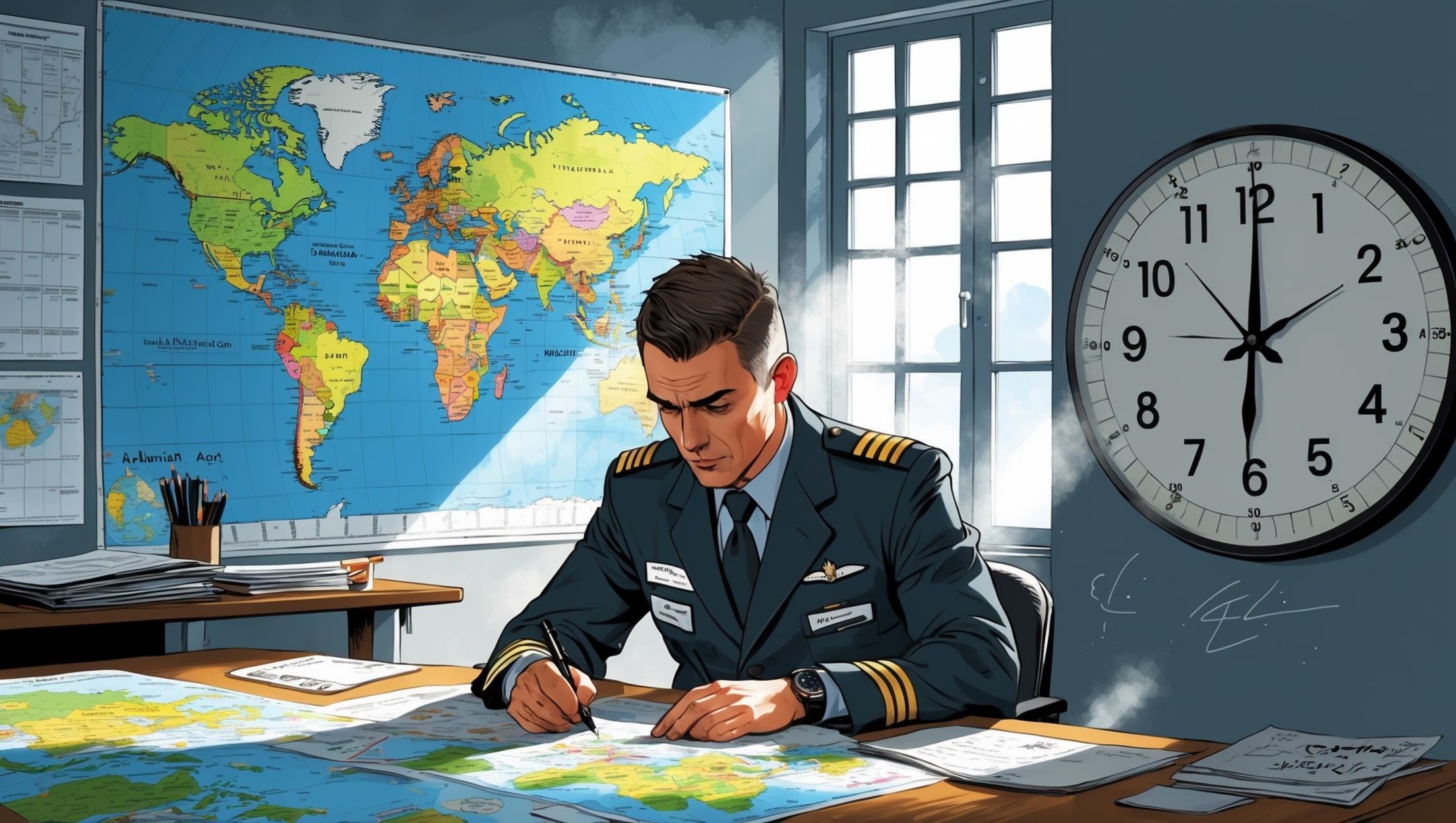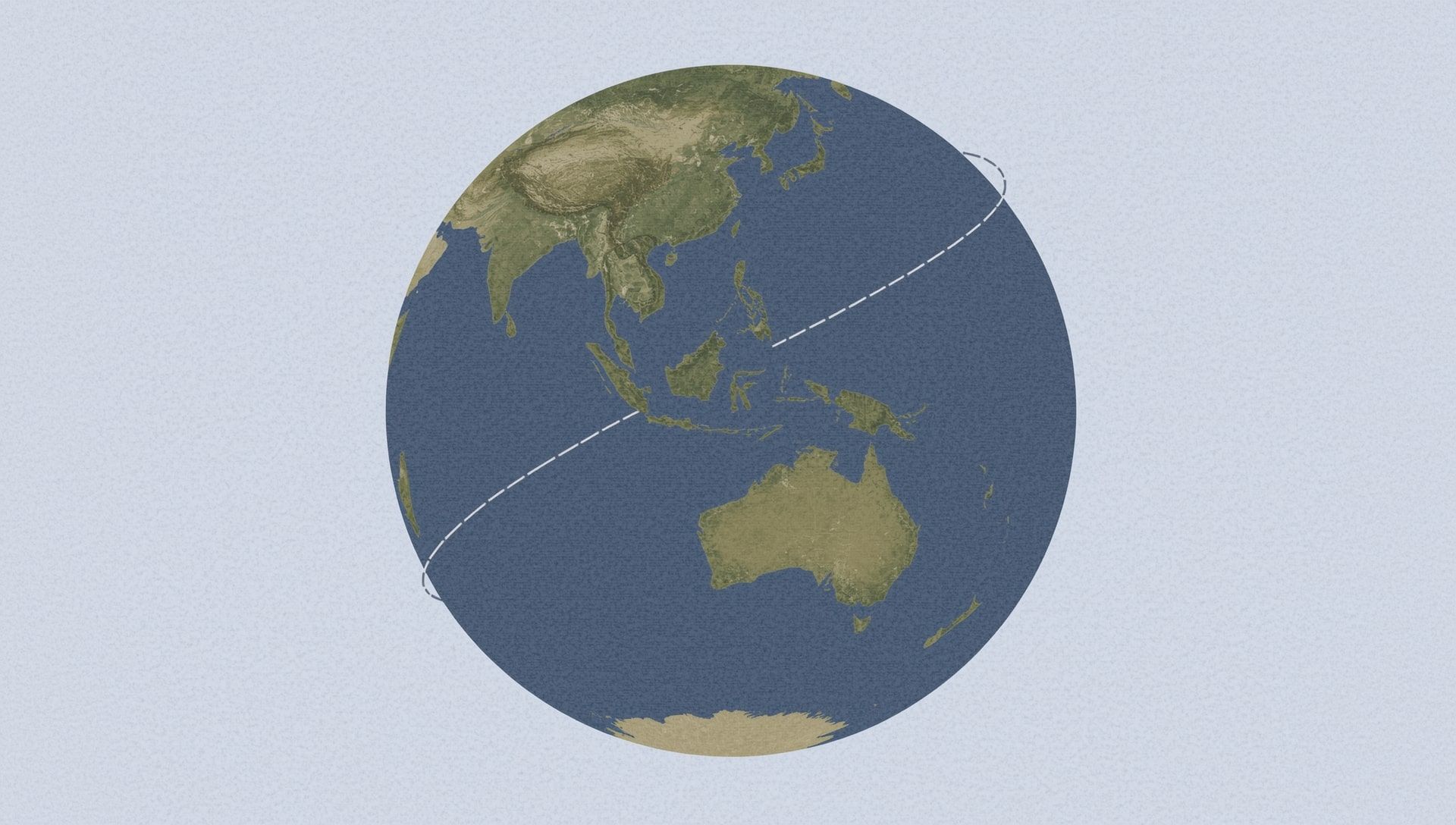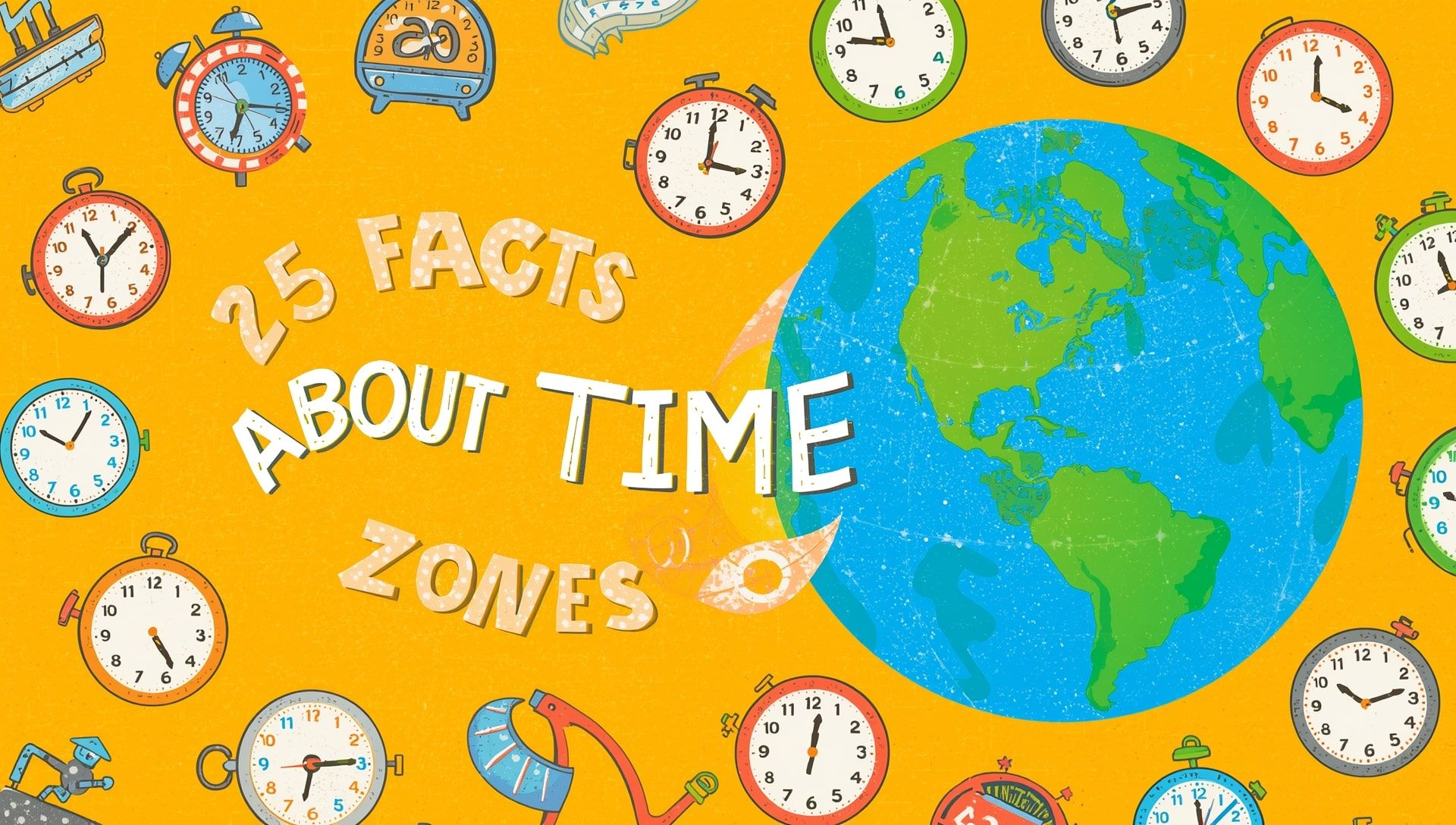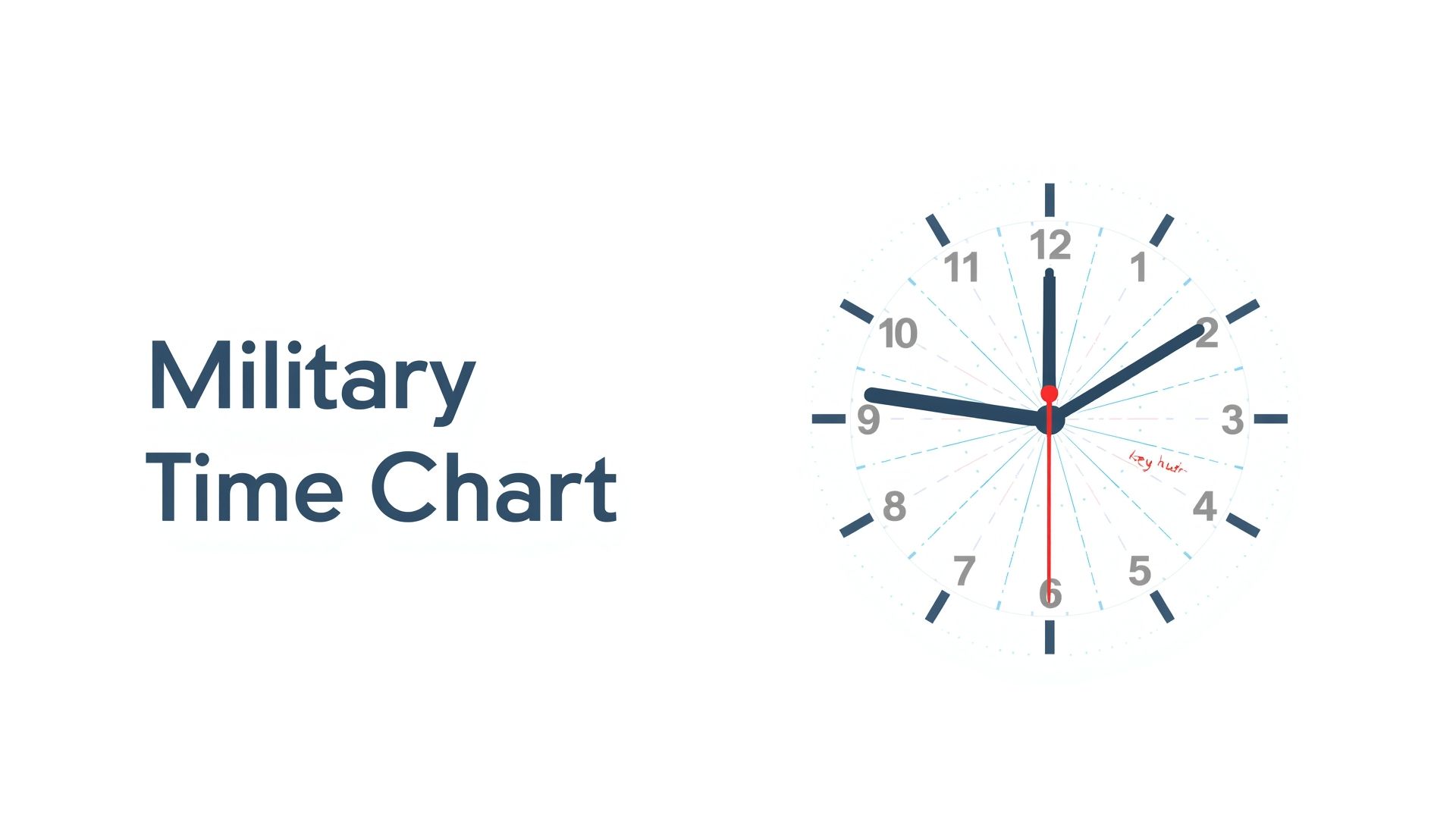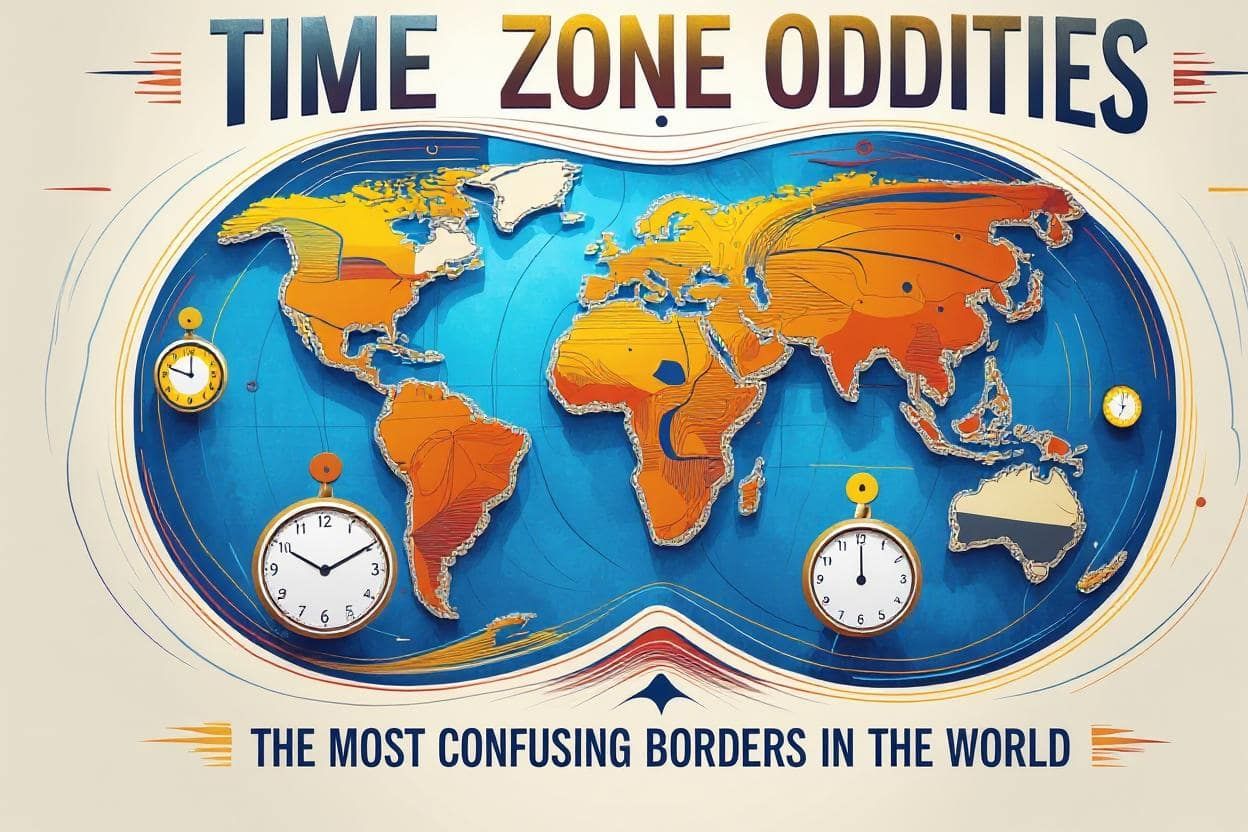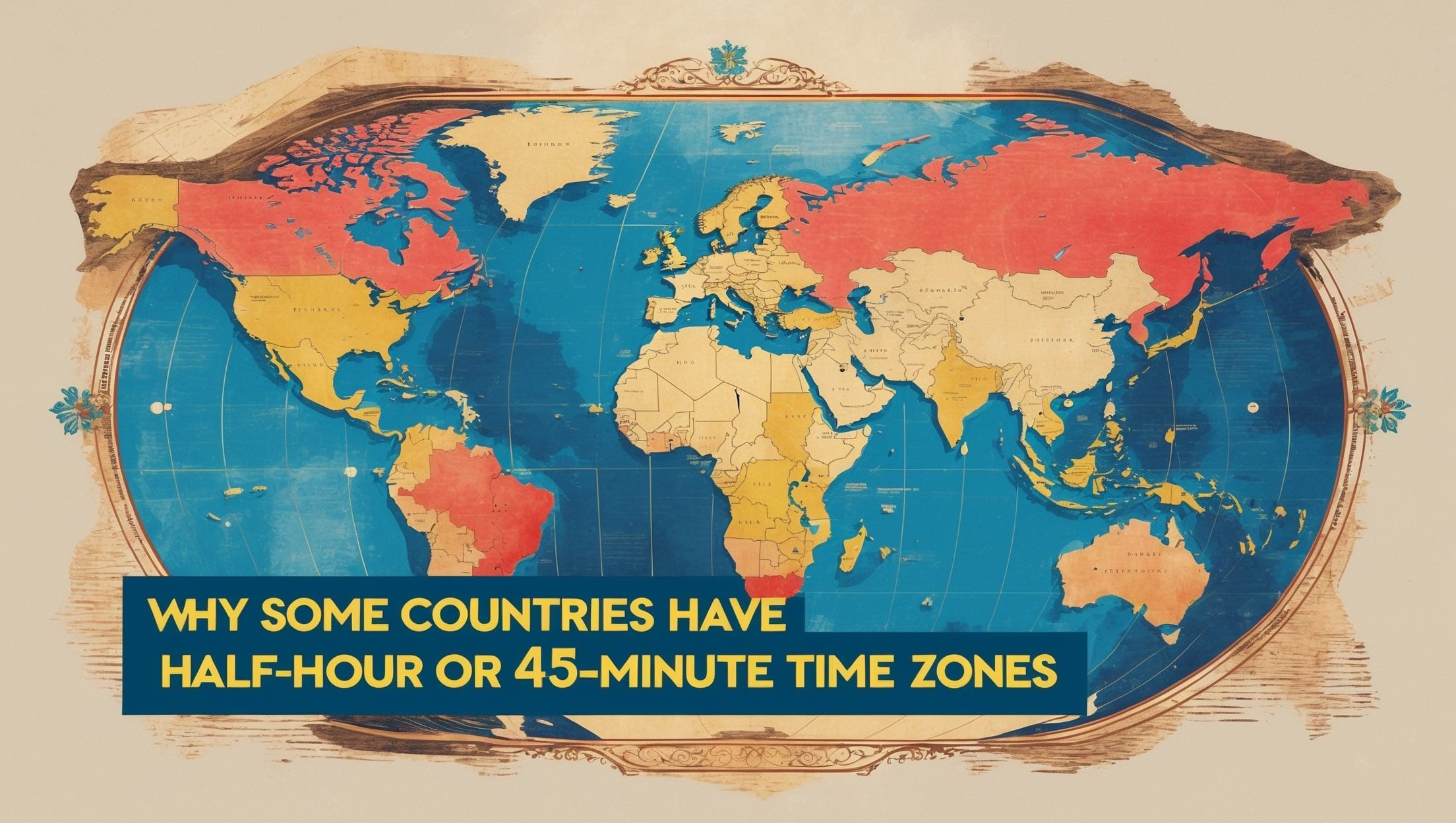You're flying from New York to Tokyo. The ticket says you leave at 2 PM and arrive the next day at 5 PM. Wait, what? That’s a 15-hour flight, but the numbers make it sound like more than 24. Welcome to the wild world of time zones in flight planning, where pilots and airlines juggle clocks like circus performers trying not to drop a flaming baton.
Why UTC Is the Pilot’s Best Friend
UTC, or Coordinated Universal Time, is the global standard for timekeeping. It doesn’t shift with the seasons and doesn’t care about local customs. For flight crews, air traffic controllers, and dispatchers, this consistency is gold.
Think of it as aviation’s universal language. A pilot in São Paulo and a controller in Shanghai can speak in UTC and instantly be on the same page, no math required. This avoids confusion, especially when crossing multiple time zones in a single flight.
How Time Zones Show Up in Your Flight Info
While the cockpit lives in UTC, passengers don’t. Your boarding pass and itinerary always show local time. That’s why you can leave Paris at 11 AM and arrive in New York at 1 PM, despite being in the air for 8 hours. It’s not teleportation, just time zone math.
Behind the scenes, software aligns these local times with UTC to schedule takeoffs, landings, and gate availability. Airlines maintain huge databases that match airport codes with time zones and daylight saving changes. It’s part science, part wizardry.
Flight Planning: More Than Just a Route
When pilots prepare a flight plan, time matters just as much as altitude or fuel. The plan includes:
- Estimated departure and arrival times in UTC
- Expected waypoint crossing times
- Airspace slot times to prevent traffic jams
- Sunrise and sunset times, which affect visibility
- Flight duty limits based on crew time zones
Everything’s built on UTC. This keeps international operations smooth, no matter the local clock.
Daylight Saving Time: The Sneaky Disruptor
Daylight Saving Time (DST) throws a wrench in the gears twice a year. Not every country observes it, and those that do don’t always switch on the same date. This means schedules must account for whether a destination is in standard time or daylight time at any given moment.
That’s why flight scheduling tools are constantly updated with the latest DST rules. A one-hour shift can throw off a tight connection or violate legal crew rest limits. Airlines can’t afford to get it wrong.
How Pilots Stay Oriented Mid-Flight
In long-haul flights, pilots may cross five or six time zones. But they still report everything to air traffic control in UTC. That includes check-ins, weather reports, and emergency calls.
To stay grounded (metaphorically), pilots often set one of their cockpit clocks to UTC. Some even adjust their wristwatches. Flight deck software like the flight management system (FMS) also displays UTC time for all relevant checkpoints.
How This Impacts You As a Passenger
You might not see UTC, but it shapes your journey. Here’s how:
- Your boarding time is calculated based on airport local time adjusted from UTC
- Arrival estimates on the in-flight screen are based on crossing time zones
- Connecting flights account for time differences automatically
- Customer support agents check UTC logs to trace flight issues
- Your bag’s routing uses time-stamped scans across zones
Why It All Works Seamlessly (Most of the Time)
Flying across time zones should feel effortless to passengers. That’s the goal. It takes a huge amount of coordination behind the scenes. From dispatchers in Dallas to controllers in Dubai, everyone uses UTC as the anchor. Then the local translations happen with precision, like a global orchestra playing in sync.
The next time you look at your boarding pass and wonder how a 10-hour flight somehow lands you earlier than you left, remember: time zones are part of the magic. And behind that magic, there’s a whole world of careful, clock-based planning keeping you flying on time.
